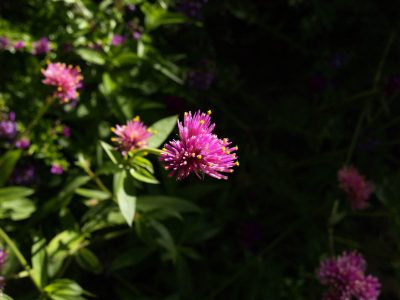What’s Wrong with My Oak Tree Leaves?
Well, this is simply late frost damage on leaves that thought it was time to come out. But, I contributed to the problem in this case!
Frost damage on trees is not really all that common, since our temperate zone deciduous trees can tell time quite well. They click off the hours of cold they’ve received, along with the hours of daylight, which increase with the coming spring, in order to “know” what time of year it is.
One problem is that our weather can be so crazy from January through late March. Hot one day, freezing the next. What happens is that unusual warmth tricks plants into thinking it’s time to flush out.
We can’t do much about that, but we can avoid encouraging them too much. In fall, we want to avoid pruning evergreens. Pruning in warm temperatures will signal them to put out new leaves. Then, frost hits suddenly, as it always does, and the young leaves are burned beyond repair.
But in late winter, when it’s so warm that we think spring is here, we get a little eager to help our plants by fertilizing. And that’s where I made my mistake.
I really wanted to encourage my new garden. In my impatience to kick my shrubs and tree into high gear, I fertilized them a little too early. The tender new growth shot out in response.
Then, in those warm days, we got frost just a few days later.
I was so in shock when I first noticed the damage that I thought it might be a disease, which is what most people thought, but if you’ll look closely, only the NEW leaves were damaged, not the older, tougher leaves, and not the stems.
Any sort of tip-invading disease would have not only caused “burned” symptoms on the new leaves, but also on the tender, developing stem. That would have caused the stem to be discolored and I would have seen obvious die-back.
Although I’m disappointed at the frost-bite, my Monterrey oak is already recovering by breaking new buds, which will create all kinds of new growth. And actually, that will make my tree more full and lush, which will, hopefully, look much nicer in the long run.

 Daphne Richards
Daphne Richards
 John Dromgoole
John Dromgoole